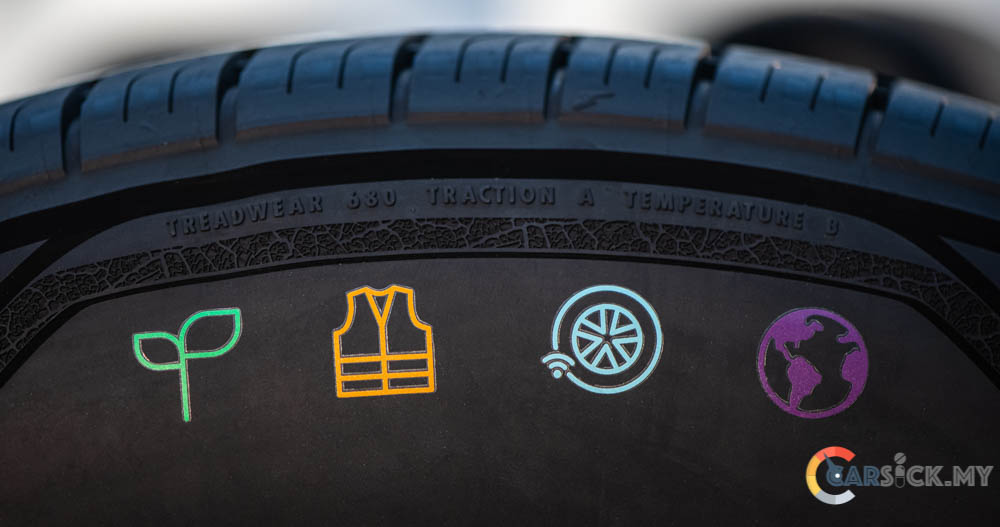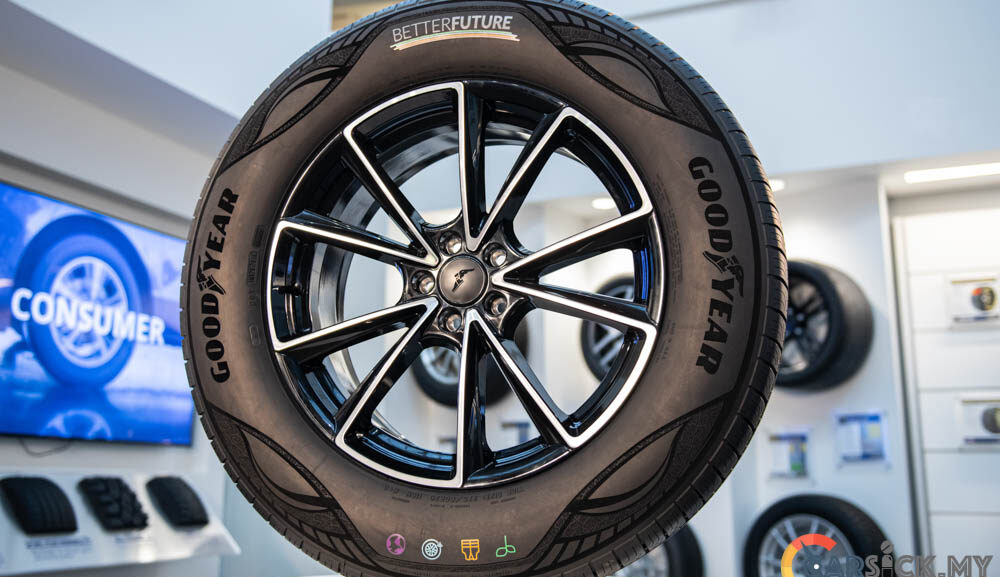Goodyear Tire & Rubber Company recently unveiled a demonstration tyre that was made out of 90% sustainable materials. This demonstration tyre has passed all applicable regulatory testing as well as Goodyear’s internal testing. During testing, the demonstration tyres manage to provide lower rolling resistance compared to the reference tyre.
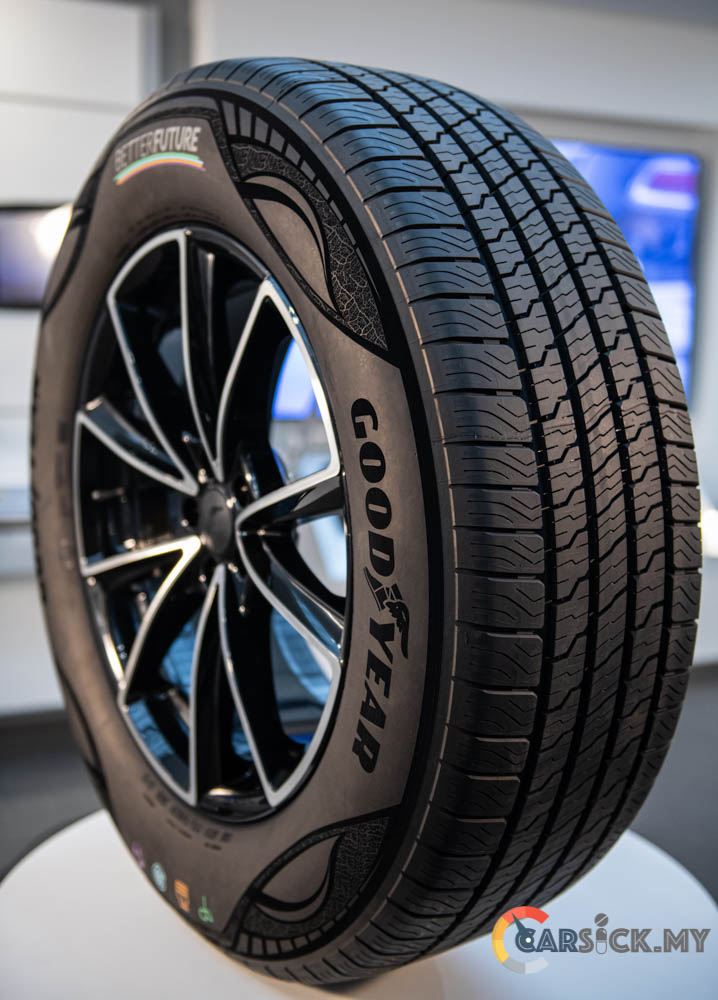 In January 2022, Goodyear unveiled the 70% sustainable-material tyre, and this tyre is expected to hit the market by 2023. Consumers interested in purchasing this tyre can register for updates at Goodyear.com/SustainableMaterialTire. With the unveiling of the 90% sustainable-material tyre, Goodyear is looking for collaboration with their supply base to identify the scale necessary for these innovative materials to produce that specific tyre at high volumes.
In January 2022, Goodyear unveiled the 70% sustainable-material tyre, and this tyre is expected to hit the market by 2023. Consumers interested in purchasing this tyre can register for updates at Goodyear.com/SustainableMaterialTire. With the unveiling of the 90% sustainable-material tyre, Goodyear is looking for collaboration with their supply base to identify the scale necessary for these innovative materials to produce that specific tyre at high volumes.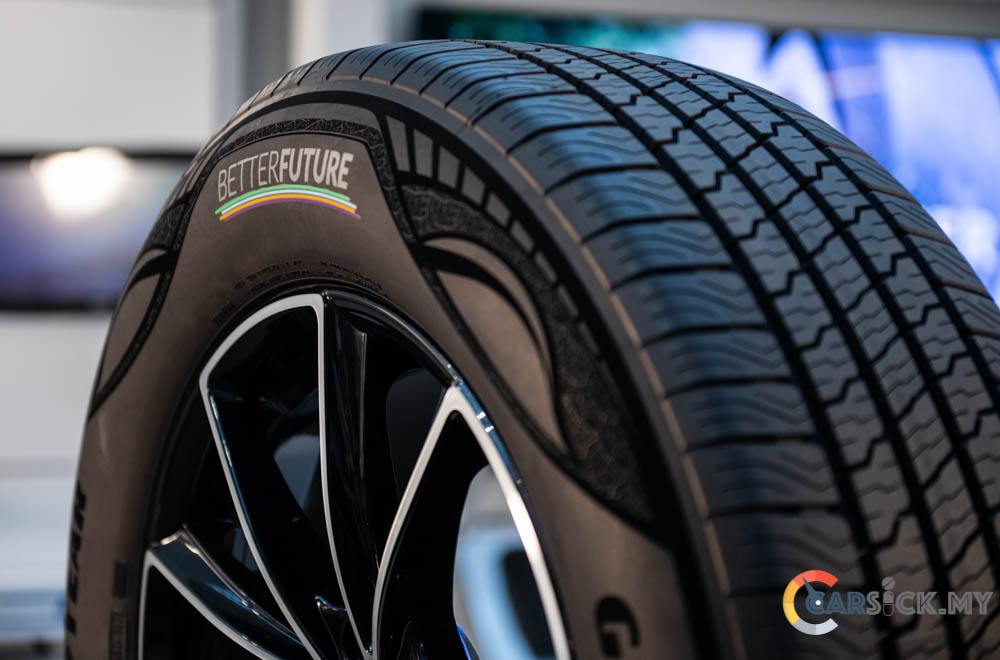
This 90% sustainable-material demonstration tyre is made out of 17 featured ingredients across 12 different components, including:
- Carbon black, which is included in tyres for compound reinforcement and to help increase their life, has traditionally been made by burning various types of petroleum products. Goodyear’s 90% sustainable-material demonstration tyre features four different types of carbon black that are produced from methane, carbon dioxide, plant-based oil and end-of-life tyre pyrolysis oil feedstocks. These carbon black technologies target reduced carbon emissions, circularity and the use of bio-based carbons, while still delivering on performance.
- The use of soybean oil in this demonstration tyre helps keep the tyre’s rubber compound pliable in changing temperatures. Soybean oil is a bio-based resource that helps to reduce Goodyear’s use of petroleum-based products. While nearly 100% of soy protein is used in food/animal feed applications, a significant surplus of oil is left over and available for use in industrial applications.
- Silica is an ingredient often used in tyres to help improve grip and reduce fuel consumption. This demonstration tyre includes a high-quality silica produced from rice husk waste residue (RHA silica), a byproduct of rice processing that is often discarded and put into landfills.
- Polyester is recycled from post-consumer bottles by reverting the polyester into base chemicals and reforming them into technical grade polyester used in tyre cords.
- Resins are used to help improve and enhance tyre traction performance. In this demonstration tyre, traditional petroleum-based resins are replaced with bio-renewable pine tree resins.
- Bead wire and steel cords provide reinforcement in the structure of a radial tyre. This demonstration tyre uses bead wire and steel cord from steel with high-recycled content, which is produced using the electric arc furnace (EAF) process. The utilisation of the EAF process allows for steel to be produced with reduced energy use and higher recycled content. The EAF process has the potential for lower greenhouse gas emissions in comparison with steel produced using a blast furnace.
- ISCC certified mass balance polymers from bio- and bio-circular feedstock are also included in this tyre.
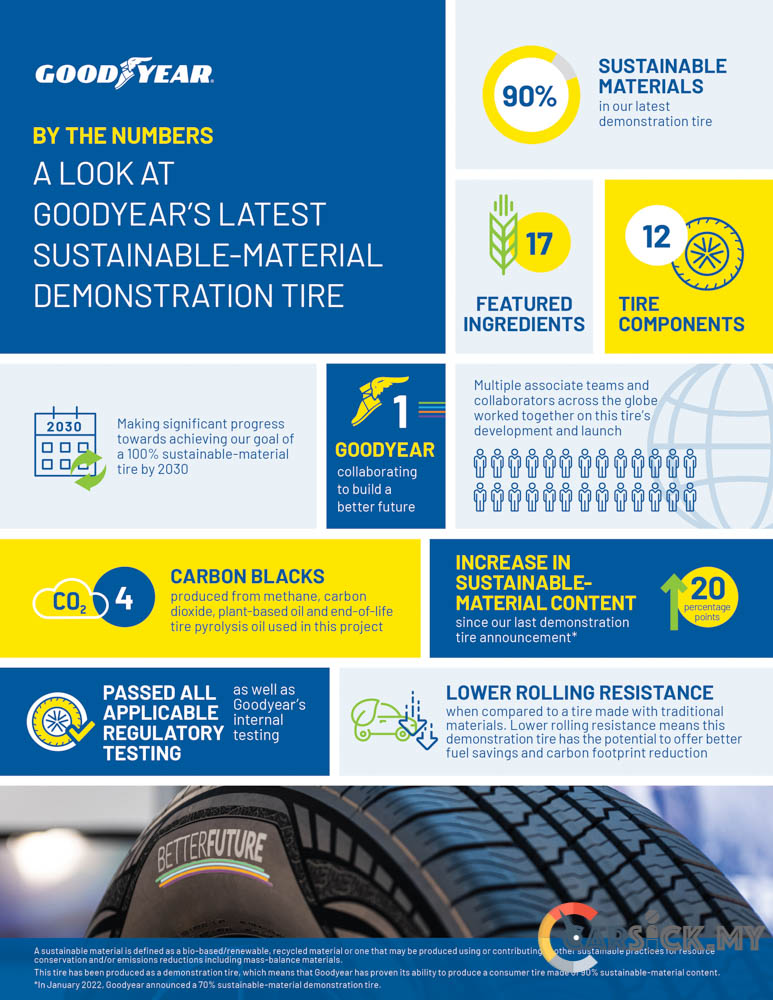
The shift to sustainable materials is evident in some of Goodyear’s current product lines. Today, eight product lines, and some racing tyres, include soybean oil. In addition, Goodyear has more than doubled its use of RHA silica in its product lines since 2018. With the introduction of a tyre with up to 70% sustainable-material content, Goodyear is demonstrating tangible commitment with in-market solutions to building a better future.